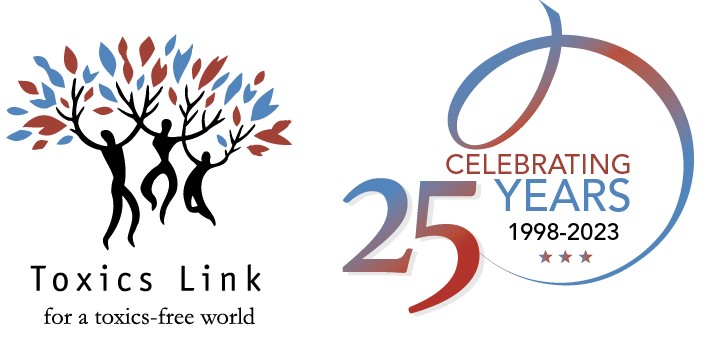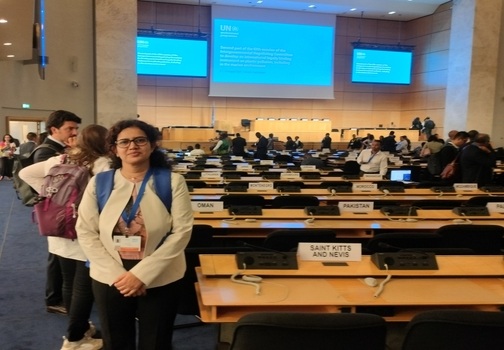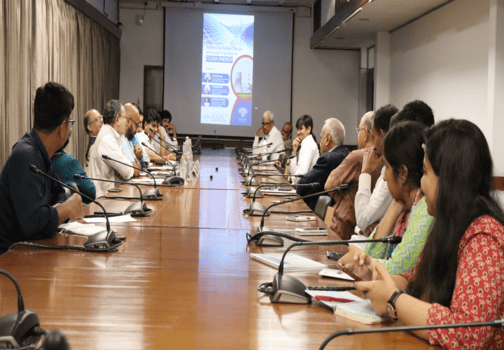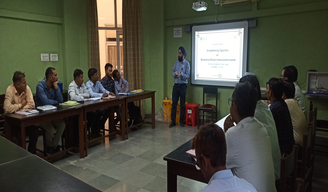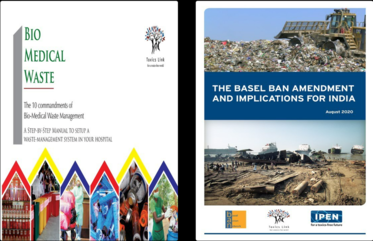BIOMEDICAL WASTE
Bio-Medical Waste (BMW) refers to any waste, which is generated during the diagnosis, treatment or immunization of human beings or animals or in research activities pertaining thereto or in the production or testing of biological or in health camps, including categories mentioned in Schedule I of the Bio-Medical Waste (Management and Handling) Rules, 1998. Biomedical Waste (Management and Handling) Rules (BMW Rules) were promulgated under the Environment (Protection) Act, 1986.
The Central Government, Ministry of Environment, Forest & Climate Change (MoEF&CC) intorduced “Bio-Medical Waste Management Rules, 2016” (BMWM Rules 2016), which came into force in supersession of the Bio-Medical Waste (Management and Handling) Rules, 1998. The rules are more defined and simplified so that they can be easily followed by various health agencies. As per World Health Organization (WHO) 2018, 85% of the wastes generated from HCF’s are non-hazardous or general waste and 15% of the wastes are hazardous which includes infectious, toxic and radioactive waste. Also, in every year approximately 16 billion injections are administered worldwide (HO, 2018). However, not all of the needles and syringes are disposed properly. The infectious waste if not treated can pose a serious danger to the community bearing the risk of spreading diseases. The non-hazardous waste generated from the HCFs, on the other hand, if segregated categorically into plastics, glass, paper etc. – as defined under the Bio Medical Waste Management Rule, 2016 – can be channelized and disposed off in an environmentally sound manner bringing back materials in the supply chain process.
The Rules are based on the principles of segregation of biomedical waste at source into four categories, simplified and improved than the 1998 Rules. Authorisation becomes mandatory for every occupier or operator handling bio-medical waste, irrespective of the quantity.
Underlining the effort to protect the environment and human health from infectious bio-medical waste, Bio-Medical Waste Management Rules, 2016 have been amended in 2018 and it is named as Bio-Medical Waste Management (Amendment) Rules, 2018.
